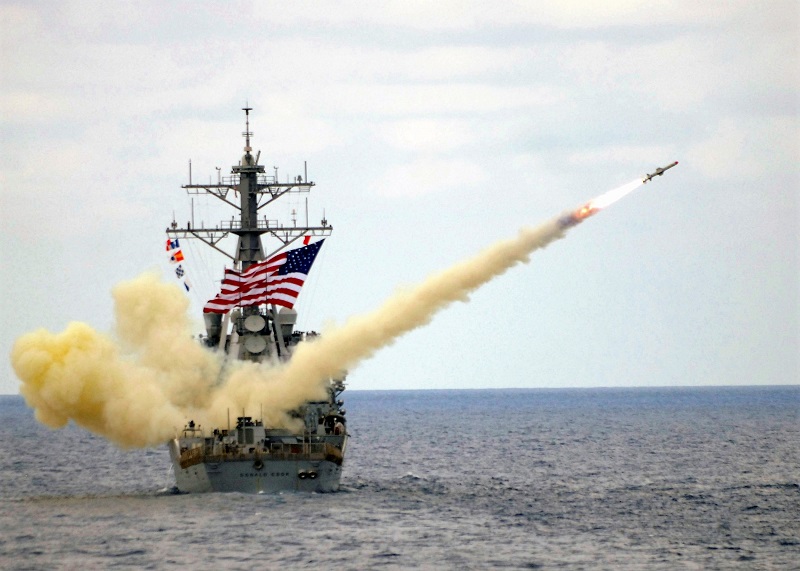I raised the issue of Harpoon understanding it was being replaced by the N.S.M ,I was unaware of plans for the Harpoon but having them updated and added to warstocks may assist
Possibly, but then questions would need to get raised regarding not only the costs to upgrade, but the value in doing so as well. The range of Australian Harpoon Block II's is approximately 124 km for ship-launched missiles. Not sure what that would work out to for land-based launchers but still quite a bit less than NSM is capable of.
Perhaps more importantly is the question, "how old are the Australian Harpoons?" From what I have been able to find, Australia first ordered Harpoons back in 1976. Now I seem to recall that Australia had at one point had existing stocks of Harpoon Block I updated with new seeker, whilst keeping the motor, fuel system and warhead to provide an updated targeting capability without increasing the overall missile range. Not sure if the current Block II Harpoons are remanufactured Block I Harpoons or not, but it is distinctly possible this is the case.
Now one of the reasons why I bring this up is that if the current Harpoon stocks were already re-manufactured, then it would likely be necessary for Australia to have them re-manufactured again either before or during a seeker upgrade. Failing to do so could lead to missiles with new and improved seekers but dud or unstable warheads as well as faulty rocket motors etc.
If there would be a need for an inspection and remanufacture/recertification programme for Australian Harpoons as part of any overall seeker upgrade programme, that could easily cause the cost and risk/complexity of such a missile upgrade programme to, err... explode. At some point, it would likely become faster, easier, less risky and less expensive for Australia to just buy more new missiles rather than trying to keep missiles which could be a few decades old, both operational and up to date.

